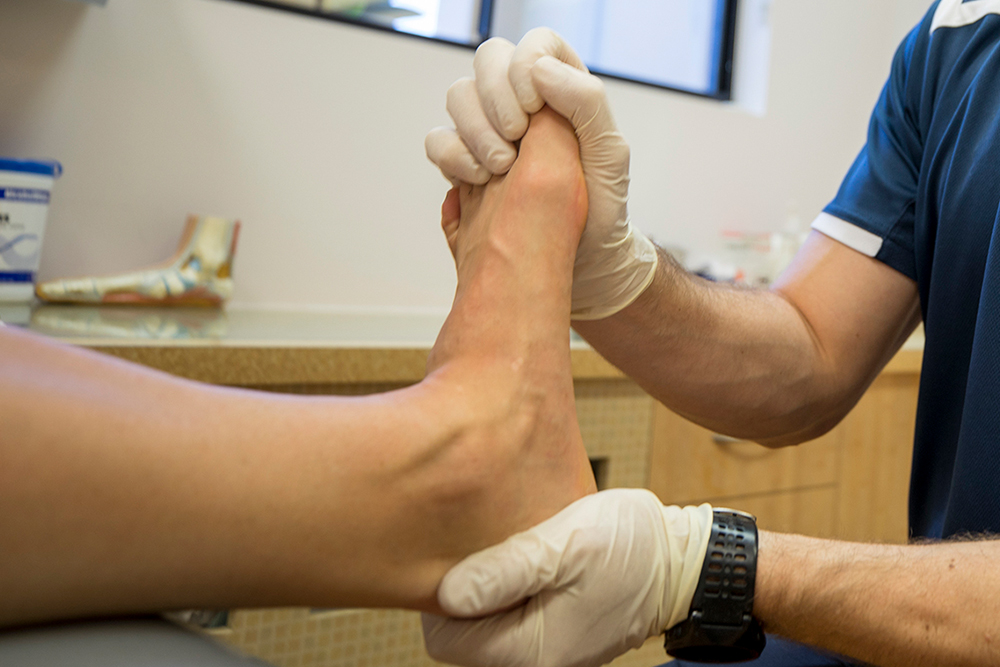
Whether you prefer to play team sports or go for long runs on your own, staying fit is extremely important if you want to live an active, healthy lifestyle. Unfortunately, for all of the outstanding benefits exercise can provide, it can be tough on your feet, ankles, and knees, but it’s your feet that take the major impact forces.
Healthy Team Approach
Many members of the team here at my FootDr participates in some form of exercise and sport, which is why we understand and share your passion to stay active and healthy. After many years of treating injured athletes and runners, we know that our experience in Podiatry will help you get back to training and competing again as soon as possible.
Most Common Running & Sporting Injuries
No two injuries are created equal, but some are certainly more common than others. If you’re an athlete, runner, or fitness enthusiast, you may find that you are suffering from one or more of these common conditions or injuries:
- Achilles Tendonitis: The Achilles tendon—the tendon that connects the two major calf muscles to the back of the heels – tightens and becomes irritated when it is under too much stress.
- Shin Splints: Pain along the shin bone may. Often develops in the early stages of training, or with overuse. Running terrain and footwear can also be a big factor.
- Plantar Fasciitis (Heel Pain): The Plantar Fascia is the thick band of tissue in the bottom of the foot that goes from the heel to the toes and this is one of the most common conditions seen with runners and is usually quite painful in the mornings.
- Sesamoiditis: There are 2 small bones that sit underneath the big toe joint, which can become very painful and swollen under certain circumstances.
- Ankle Sprains: When the foot twists or rolls beyond its normal range of motion, the ligaments holding the ankle joint together can overstretch resulting in ligament damage. Once an ankle sprain has occurred, it’s very important to take the correct treatment, rehab and preventative steps.
- Turf Toe: Turf toe is a sprain of the main joint of the great toe. It’s very common among athletes, especially those who push off into a sprint at some point during a game.
- Stress Fractures: Athletes who play high-impact sports can develop a small crack in one of their foot bones as a result of overuse. As the foot hits the ground repeatedly over a prolonged period of time, it slowly starts to crack, creating a stress fracture.
There are very few sports and activities we don’t understand and we are committed to providing our patients with exceptional podiatry services and ongoing sport-specific information. We look forward to seeing you very soon.
See more
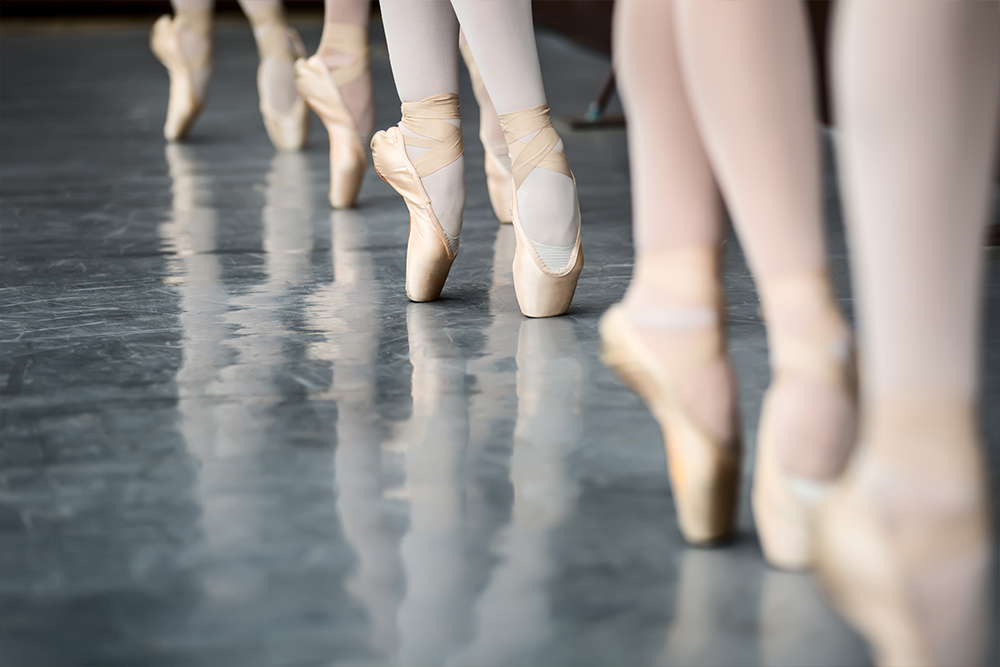
Don’t let your feet stop you from dancing!
The performance of dance is a highly athletic pursuit that involves movement demands from the whole body. In every dance style, healthy, strong feet are vital to moving you around the dance floor in a smooth and comfortable way, free of pain and without putting you at a high risk of injury.
Read more »
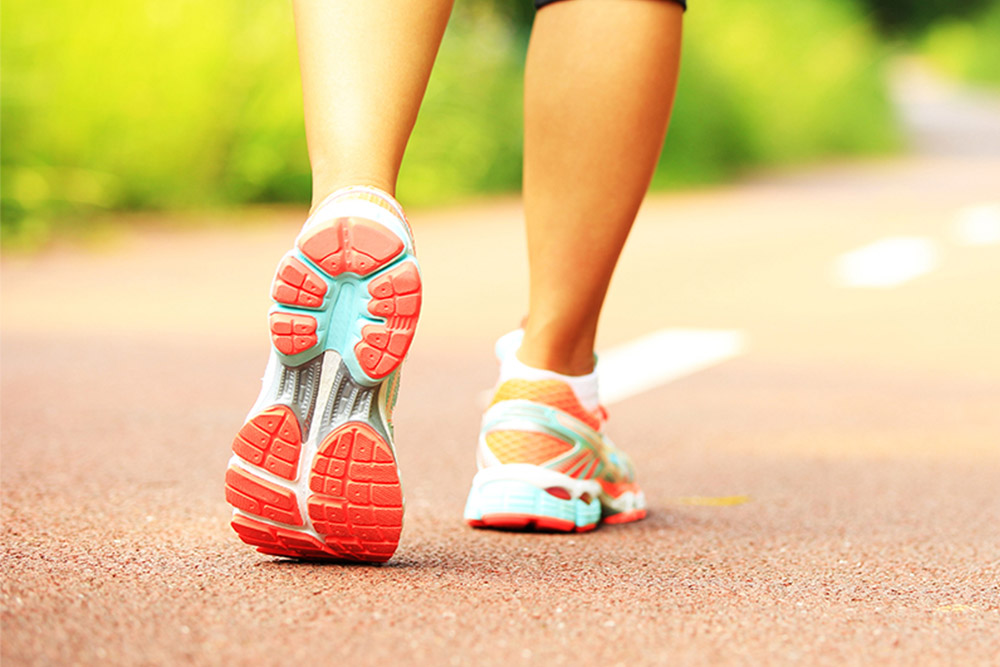
Like athletes, our feet come in all shapes and sizes. The mums and dads who run daily through the park have a lot in common with an athlete training for the Olympics. Both require healthy feet and the right footwear to put their best foot forward.
Read more »
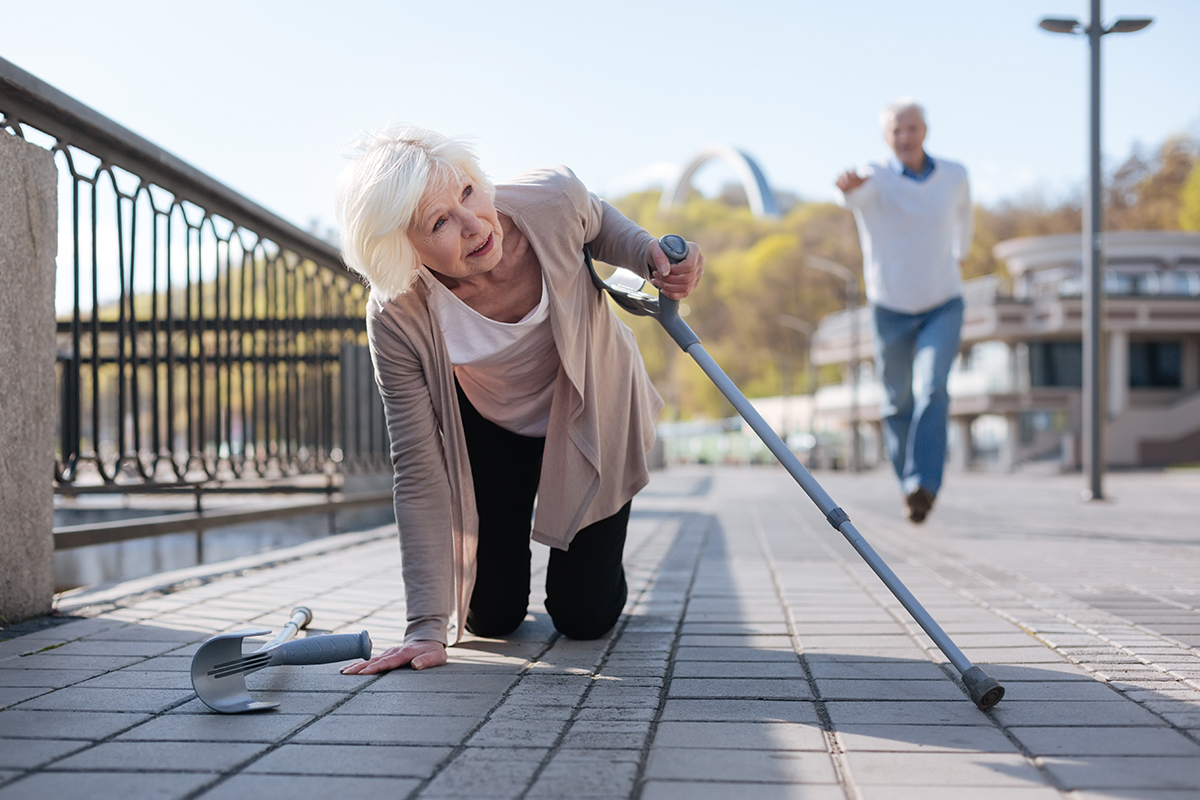
Falls are a major cause of injury and even death for elderly patients, with estimates suggesting that one in three people over the age of 65 fall each year, resulting in ankle, leg and hip fractures and dislocations as well as back and head injuries.
Read more »
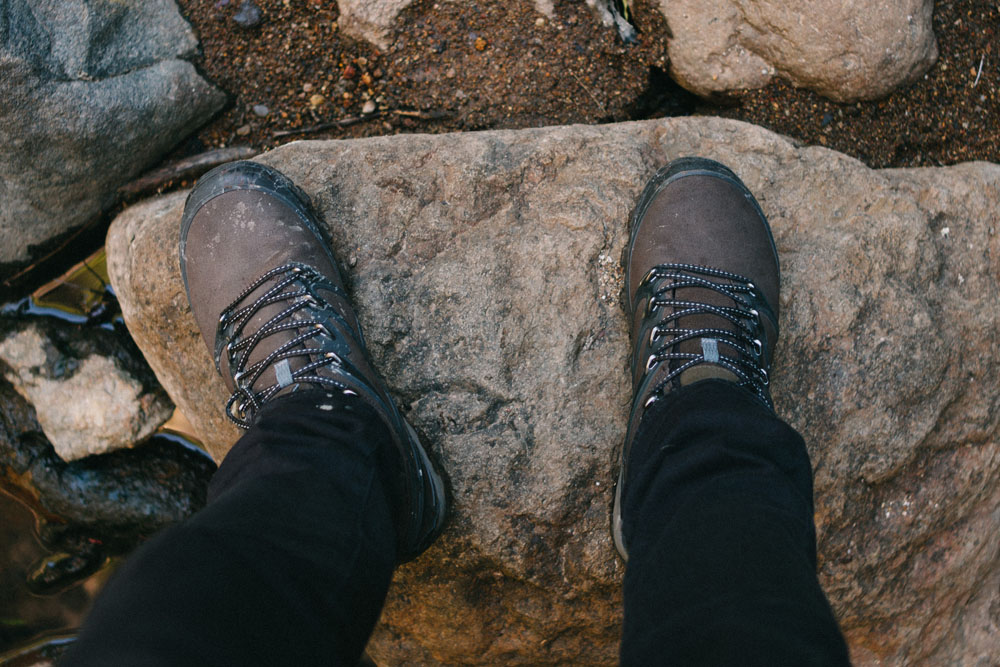
Hiking is a great workout for your mind, body and soul. When you’re exploring the great outdoors the last thing you want to worry about is your feet.
Read more »
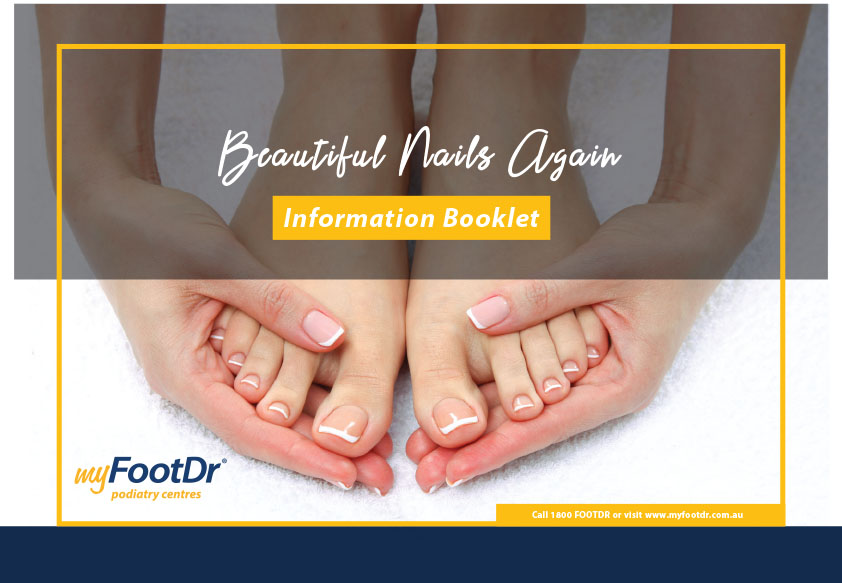
Our Beautiful Nails Again information booklet has been developed to assist the community to understand and better manage fungal toenails. It bridges the gap of information supplied by manufacturers of pharmaceuticals and the academic research in this area, helping to demystify the condition and the variety of treatment options available.
Read more »
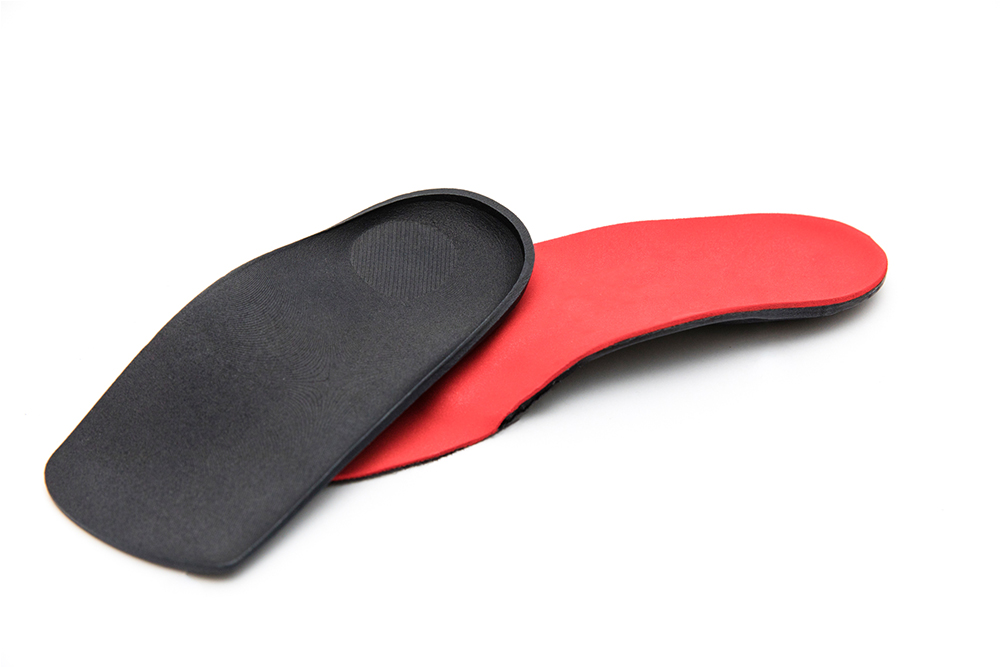
You’ve made a great investment into your health by having your orthotics made, and like anything you wear, if you want them to last as long as possible, you need to look after them. Your age, activity levels, occupation and the shoes you wear can all affect the longevity of your orthotics.
Read more »
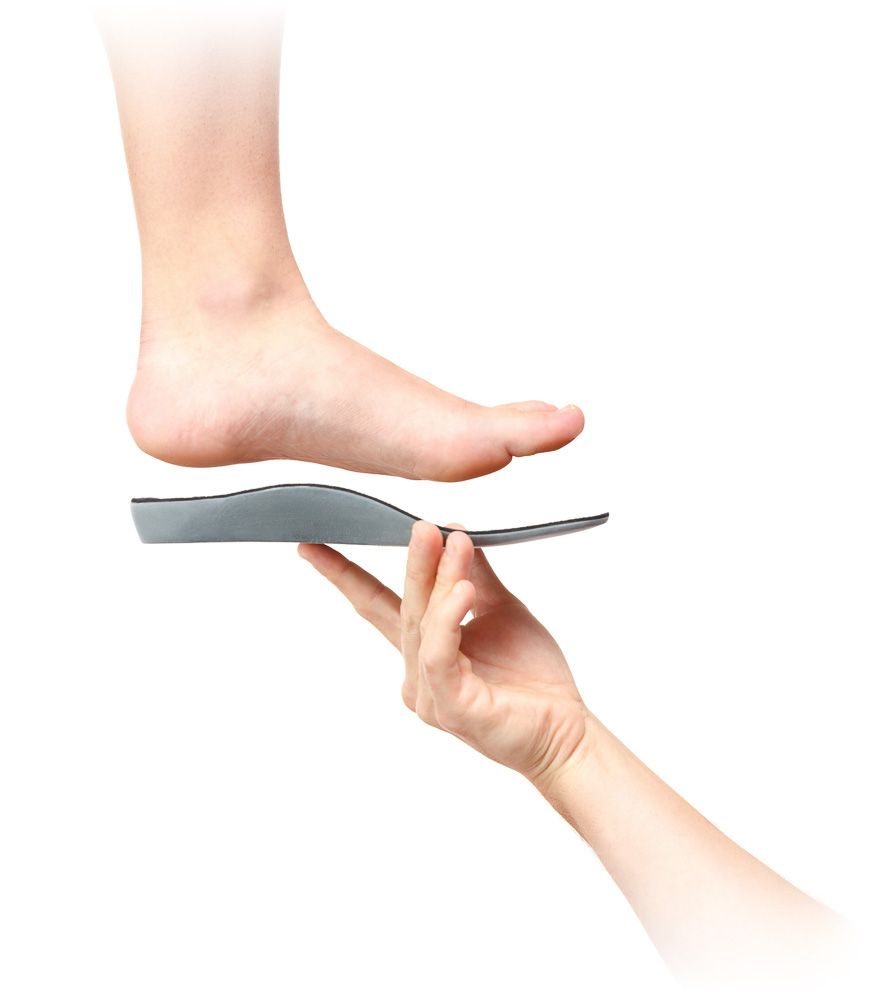
After you were fitted with your orthotics, your Podiatrist would have organised an initial orthotic review visit. This visit would have been organised approximately two to four weeks after your initial orthotic fitting to check that your orthotics were fitting well, feeling comfortable, and you were noticing an improvement with their wear.
While this review is essential, it’s just as important to have an annual review of your orthotics, too.
Read more »
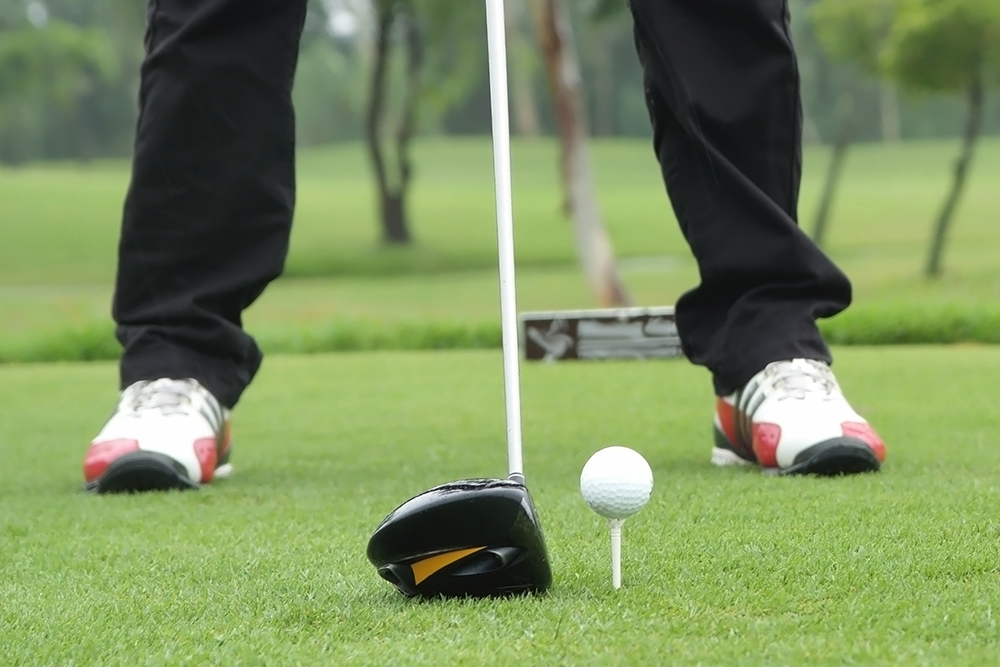
Professional and recreational golfers need a confident swing and plenty of practice for a long day on the golf course. Along with a strong arm, golfers require healthy feet for stability, balance and playing without foot pain or leg fatigue.
Read more »
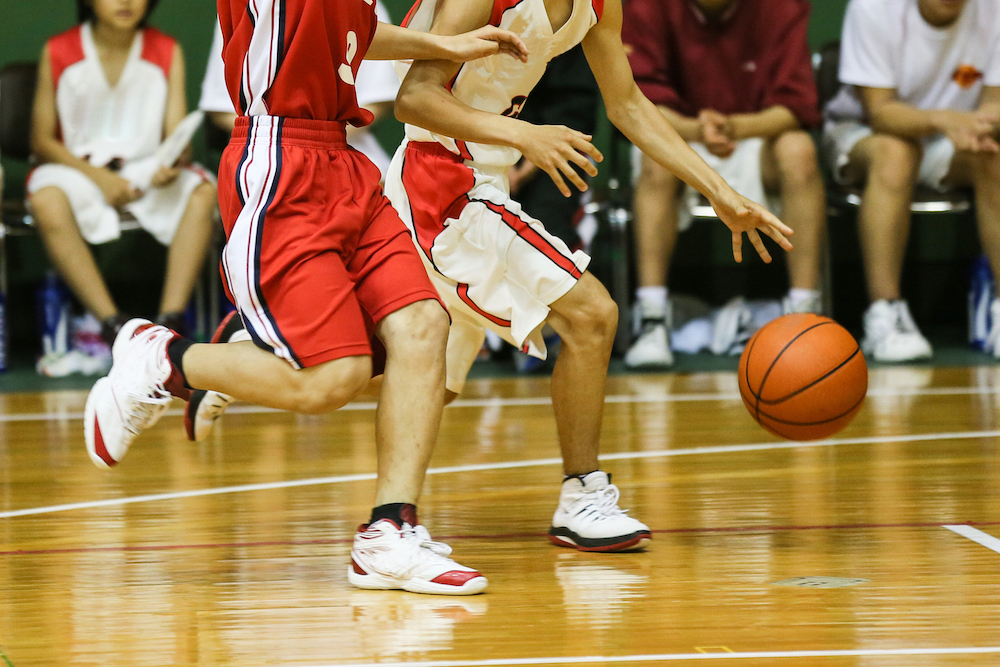
Whether you’re playing socially or professionally, basketball places a tremendous amount of force on the lower limbs, and this increased force not only places the joints under stress, it also places stress on the muscles, ligaments and tendons that surround the joints.
Read more »
Field hockey, like many other sports requires a combination of speed, agility and endurance. It is this continuous running coupled with rapid side to side movements and changes in pace that are responsible for many of the lower limb and foot injuries frequently seen in hockey players, and often seen at my FootDr podiatry centres.
Read more »
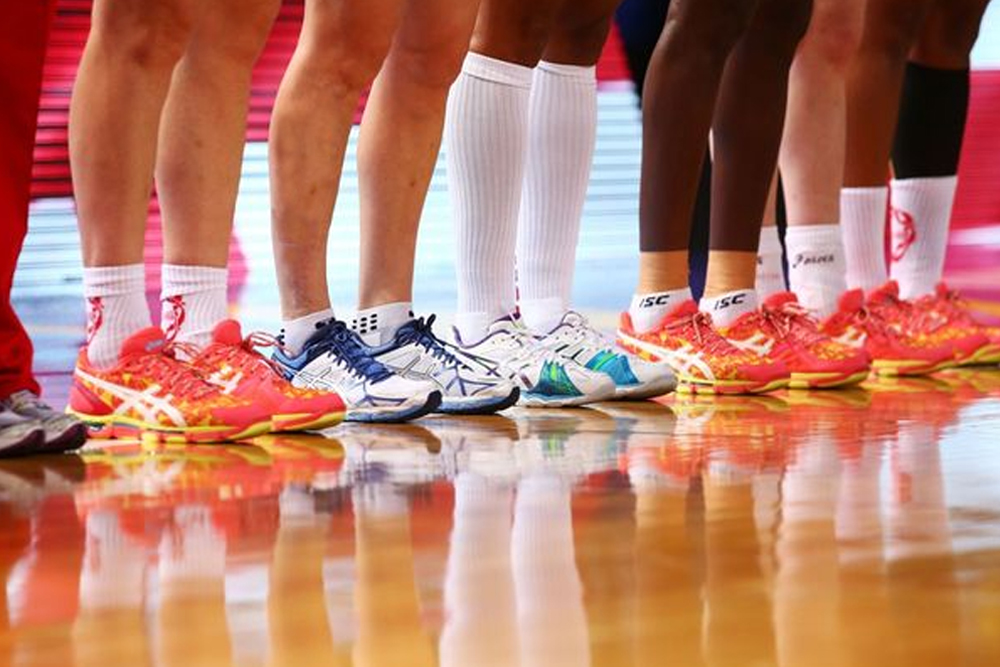
Netball is an extremely fast-paced game that places a lot of stress on the feet, ankles and knees. Not only are you suddenly stopping, starting and pivoting, but you’re also constantly jumping and landing on one foot, sending high impact forces through your joints.
Read more »
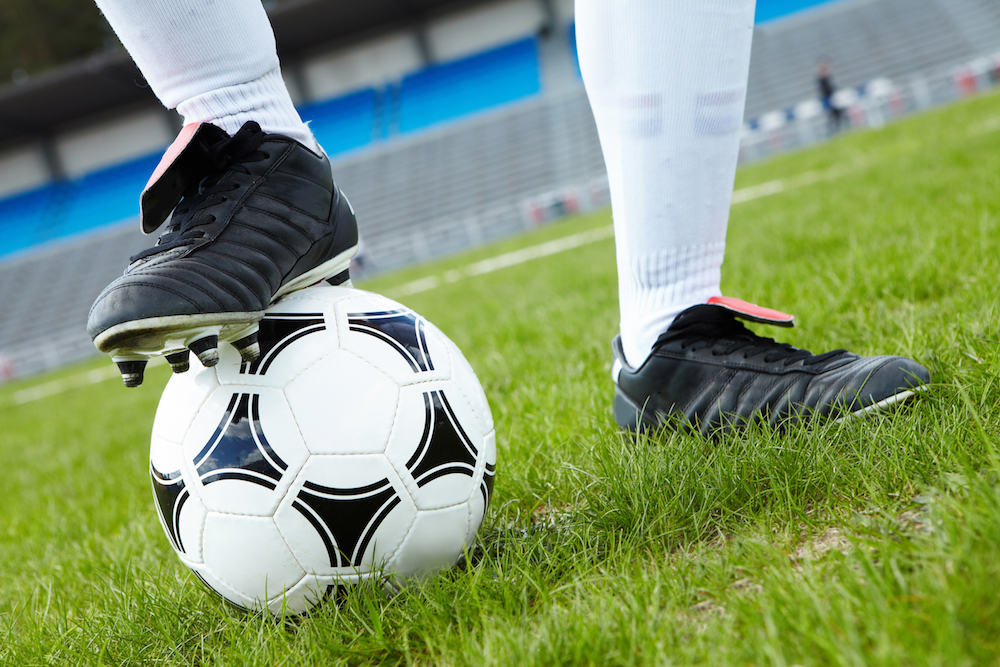
Soccer involves a tremendous amount of running, so it’s only logical that feet, ankles and knees are going to be placed under an enormous amount of stress for long periods of time, resulting in two types of injury, acute and chronic.
Read more »
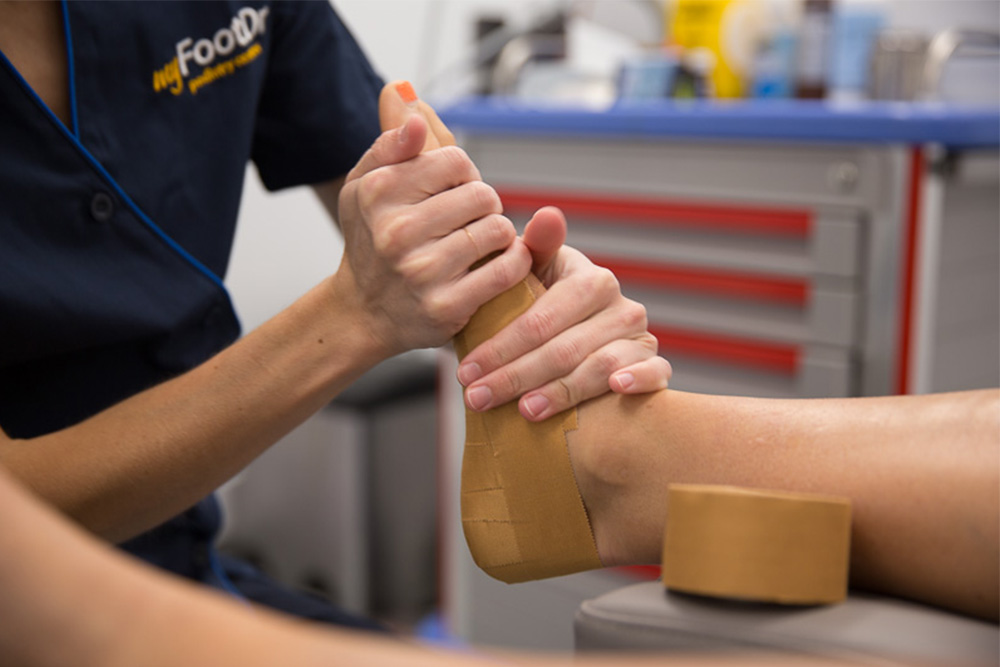
Strapping can give support to and pain relief from many foot, ankle, knee and leg problems - when it’s applied correctly, that is.
Our podiatrists use strapping as an effective part of treating muscle, ligament and joint injuries, especially in their initial painful stages, and to help prevent re-injury during sports or physical activity before you’ve regained full strength and function.
Read more »
As the official podiatrists for Queensland Cricket and many international players, as well as developing Custom Cricket Shoes for over 12,000 cricketers, we know a lot about cricketer’s feet.
Cricket is a tough game for your feet and legs, with huge forces being transmitted through the feet in fast bowling and the long hours spent standing in the field. Despite cricket being a non-contact sport, it has an extremely high injury occurrence:
Read more »















